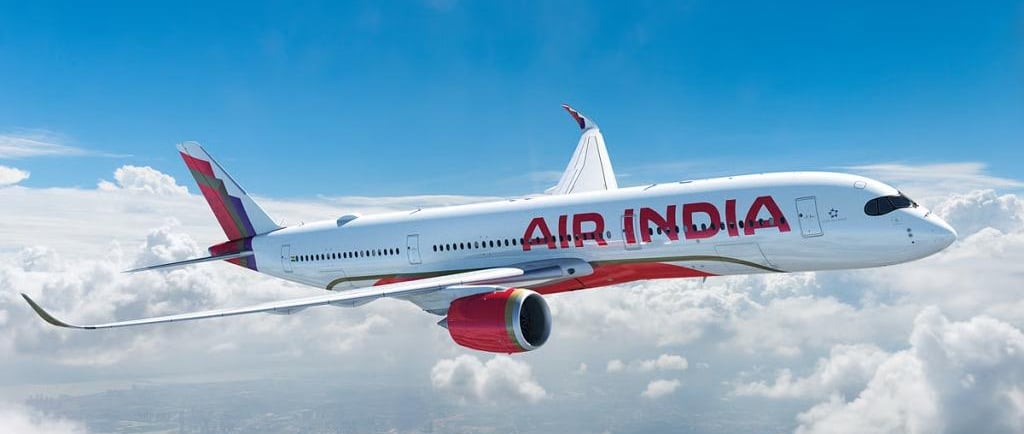Ahemedabad Airplane Crash: Boeing 787 Dreamliner's amazing Tech


The Boeing 787 Dreamliner: A Technological Marvel in Modern Aviation
Advanced Materials and Aerodynamics
One of the standout features of the 787 is its airframe, which is primarily constructed from carbon fiber-reinforced polymer (CFRP). This material offers a higher strength-to-weight ratio than traditional aluminum, resulting in a lighter aircraft with enhanced fuel efficiency. Approximately 50% of the 787's structure is made from CFRP, including the fuselage, wings, and empennage.
Aerodynamically, the 787 boasts an innovative wing design that includes raked wingtips and advanced laminar flow control. These features reduce drag and improve fuel efficiency, allowing the aircraft to cruise at higher altitudes and speeds.
Bleedless Electrical Architecture
Departing from traditional pneumatic systems, the 787 employs a "bleedless" architecture. This means that instead of using engine-compressed air for functions like cabin pressurization and anti-icing, the aircraft utilizes electrically powered compressors and pumps. This shift reduces engine workload by up to 35%, leading to improved fuel efficiency and reduced emissions.
The 787's electrical system is robust, providing up to 1.45 megawatts of power—five times that of conventional airliners. This capacity supports advanced systems such as electro-thermal ice protection and active gust alleviation, enhancing both safety and passenger comfort.
Fly-by-Wire and Advanced Cockpit
The 787 features a state-of-the-art fly-by-wire control system, replacing traditional mechanical linkages with electronic controls. This system offers smoother handling and reduces pilot workload. The cockpit is equipped with dual head-up displays (HUDs) and multi-function LCDs, providing pilots with comprehensive situational awareness. Additionally, the integration of forward-looking infrared technology is being explored to enhance visibility in challenging weather conditions.
Passenger Comfort and Cabin Innovation
Boeing has prioritized passenger experience in the 787's design. The cabin features the largest windows of any commercial airliner, which can be electronically dimmed to suit individual preferences. Adjustable LED mood lighting simulates natural light cycles, reducing jet lag. The cabin altitude is set to the equivalent of 6,000 feet, lower than the typical 8,000 feet in most aircraft, leading to improved oxygen levels and reduced fatigue.
Additionally, the 787's quieter cabin, larger overhead bins, and smoother ride technology contribute to a more comfortable flying experience.
Engine Technology: GEnx and Trent 1000
The 787 offers two engine options: the General Electric GEnx-1B and the Rolls-Royce Trent 1000. Both engines are designed for fuel efficiency and reduced noise. The GEnx-1B, for instance, features composite fan blades and a high bypass ratio, improving fuel efficiency by 15% compared to its predecessor.
Sustainability and Efficiency
The 787 Dreamliner is designed with sustainability in mind. Its composite construction and advanced aerodynamics contribute to a 20-25% reduction in fuel consumption compared to previous-generation aircraft. The aircraft's quieter engines and noise-reducing features also minimize its environmental impact on surrounding communities.
The Boeing 787 Dreamliner represents a significant leap forward in aviation technology. Its innovative use of materials, advanced systems, and focus on passenger comfort and environmental sustainability set it apart in the competitive commercial aircraft market. As airlines continue to seek more efficient and passenger-friendly options, the 787 remains a leading choice in the skies.